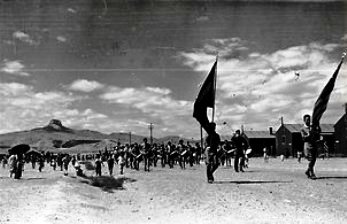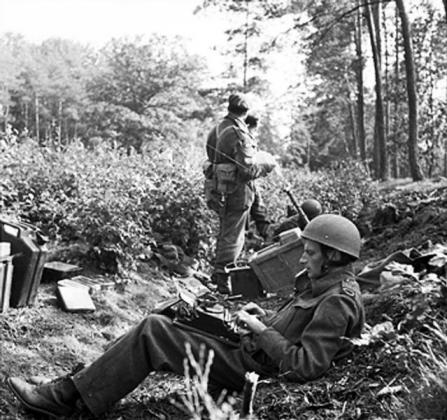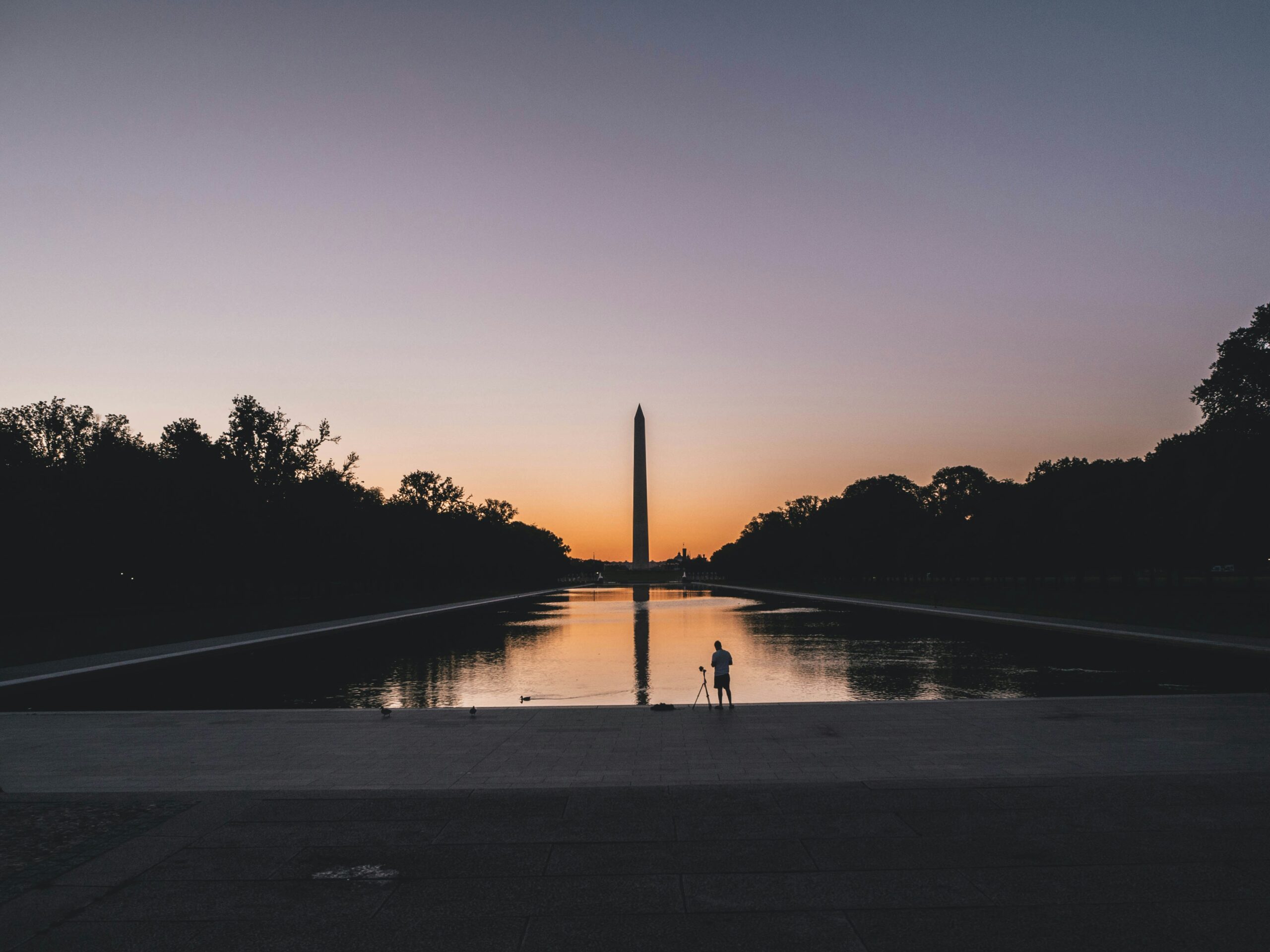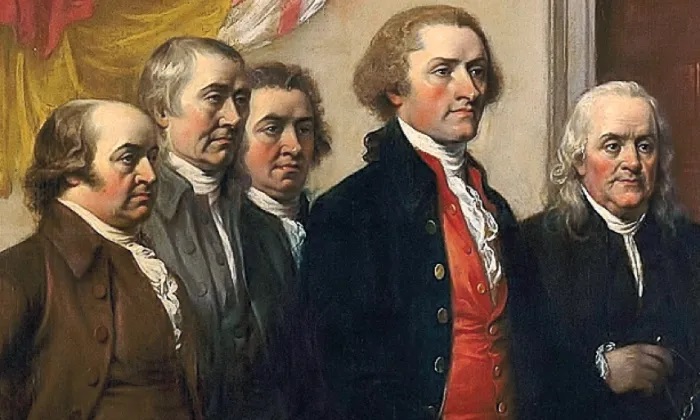In the hours after the attack on Pearl Harbor by Japan, Franklin Roosevelt had to make a number of critical decisions for the country; not the least of which was standing before Congress and the American people to clearly explain what had happened and what America’s response would be.

While Roosevelt was responsible for a number of significant decisions in those days following December 7, he is also responsible for one of the saddest chapters in American history.
A little more than two months after the attack, Roosevelt signed Executive Order 9066 which called for the relocation of more than 120,000 Japanese-Americans, regardless of loyalty or citizenship, who lived in and around sensitive American military zones – mostly on the West coast – to internment camps in remote locations, to be held for the duration of the war.
In part, the order read: “Whereas the successful prosecution of the war requires every possible protection against espionage and against sabotage to national-defense material, national-defense premises… I hereby authorize and direct the Secretary of War, and the Military Commanders… to prescribe military areas in such places and of such extent as he or the appropriate Military Commander may determine, from which any or all persons may be excluded, and with respect to which, the right of any person to enter, remain in, or leave shall be subject to whatever restrictions the Secretary of War or the appropriate Military Commander may impose in his discretion.
“The Secretary of War is hereby authorized to provide for residents of any such area who are excluded therefrom, such transportation, food, shelter, and other accommodations as may be necessary, in the judgment of the Secretary of War or the said Military Commander…”
That was the longer, “legal” version of the order.
The short version, on posters in areas like San Francisco, was more direct: “All Japanese persons, both alien and non-alien, will be evacuated from the above designated area by 12:00 o’clock noon Tuesday, April 7, 1942.”
Some of those evacuated from California were relocated to the ironically named Heart Mountain internment camp in Wyoming. “Could anything be more dispiriting than the rows of wooden shacks where families are crammed in?” writes Edward Rothstein for The New York Times. “And could anything be more unsettling than the guard towers or the barbed wire winding round 740 acres?…
“By 1943, 10,000 people were living here in the Heart Mountain Relocation Center, about a third of them first-generation Japanese immigrants… And along with nine other ‘internment camps’ — all in isolated regions where there could be no fear of transfer of information or contraband … The concern was that they might constitute a fifth column that would subvert the American war effort.”
However, the confinement was due more to massive overreaction and rationalization than concern.
Two surprises emerge from the tragedy. FBI Director J. Edgar Hoover opposed the order because he believed that his agents had already rounded-up most of the Japanese spies after Pearl Harbor. In fact, Eleanor Roosevelt was said to have spoken privately with her husband on many occasions encouraging him not to sign the order, but was unsuccessful.
The second occurred when the Supreme Court upheld the legality of the relocation order in Hirabayashi v. United Statesand Korematsu v. United States. While Japanese-American citizens of undisputed loyalty were allowed to return to the West Cost in 1945, it was not until March 1946 that the last camp closed.
Today, after 15 years of fundraising, the Heart Mountain Interpretive Learning Center has opened to remind visitors of a past that should not be forgotten. “Wrenched out of ordinary life, stripped of many constitutional rights and placed in an unforgiving environment, Heart Mountain’s inhabitants created an alternative universe. Land was farmed, shoes repaired, a newspaper printed and sports teams formed.
“Remarkably, residents also enlisted in, or were drafted into, the armed forces.” Some 36,000.
If Japanese-Americans in the camps were considered a risk to the war effort, why the government would then allow them to be placed within the military complex is beyond my understanding.
“Internment actually had fairly large loopholes,” Rothstein writes. “In the 10 internment camps, more than 4,000 students left to attend college… if a family found a place to live in another part of the country outside the West Coast or other militarily important areas, they were free to move; 30,000 did. At least one company, in New Jersey, even recruited employees here. These peculiar mixtures of liberties and restrictions give the internment a surreal cast.”
But Rothstein focuses on the stories of those who could not go home.
“In this museum, history is told in the first person…This is a communal narrative about shared injustices and triumphs… What is beyond question is that whatever the context, nothing can lessen the policy’s tragic consequences — the violation of principle, the loss of property, the inability of internees to pick up their old lives, the suicides, the hatreds, the lost possibilities — and they are all powerfully commemorated here.”
On February 19, 1976, EO 9066 was reversed by Gerald Ford, and four years later, Jimmy Carter helped create the Commission on Wartime Relocation and Internment of Civilians. In 1982, a report by the CWRIC found that the decision to relocate Japanese Americans in isolation was based on ‘race prejudice, war hysteria, and a failure of political leadership.’
In 1988, Congress ordered restitution payments, and one year later, President George H.W. Bush offered a formal apology along with a public education fund to help ensure that the past does not repeat itself.
Comments









